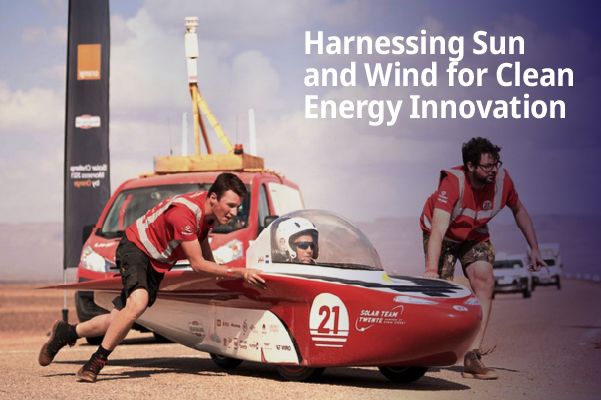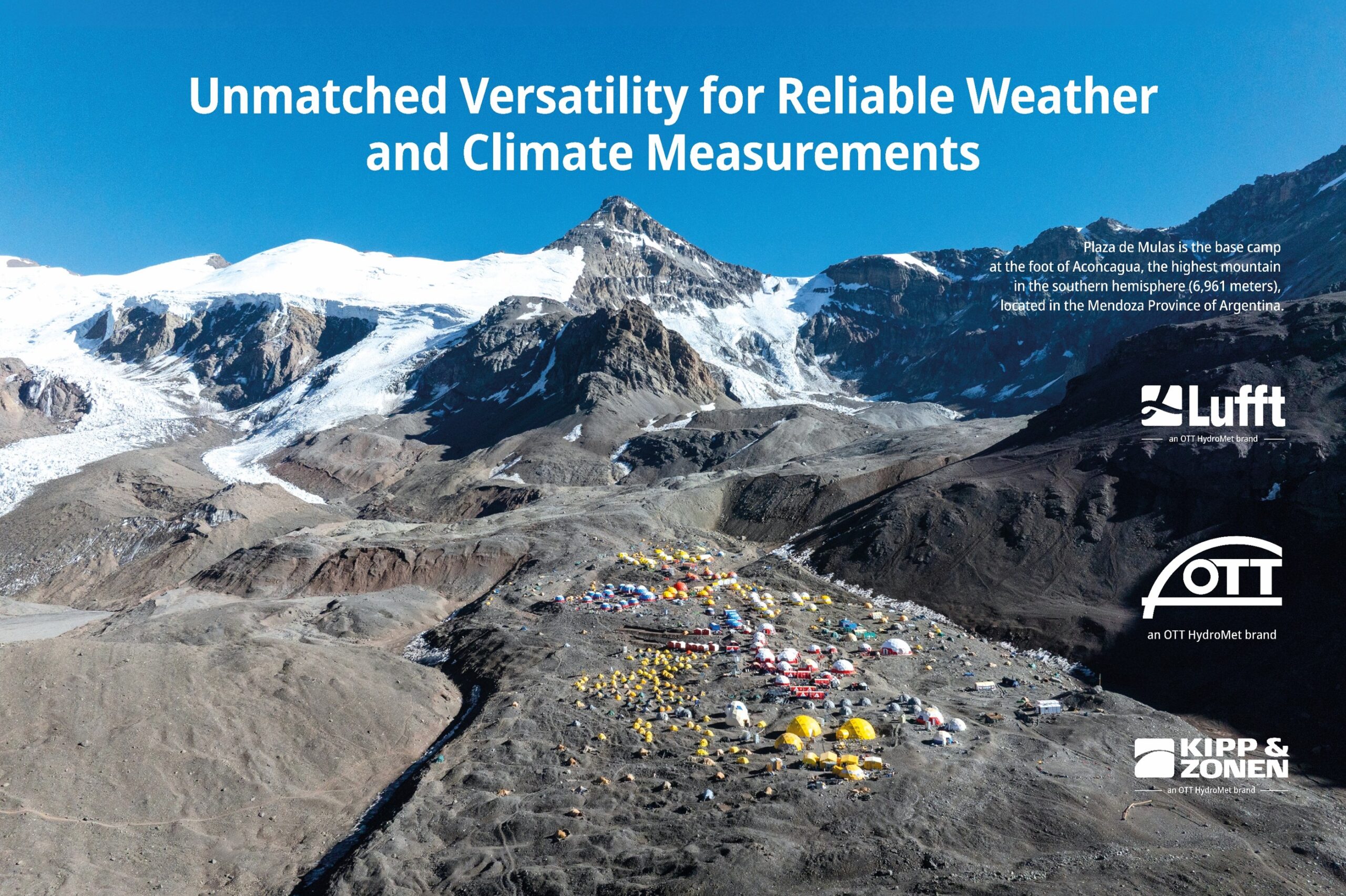Atmospheric and non-atmospheric parameters in the air space challenge researchers, weather services and airports. Although these applications pursue different targets, there’s one sensor system, satisfying all of those users: the CHM 15k. It scans the atmosphere in heights of up to 15 km and detects clouds, molecules, boundary layers, droplets, visibilities and aerosols through backscattering. The three following application examples with impressive measurement results prove its functionality and flexibility.
Atmospheric and non-atmospheric parameters in the air space challenge researchers, weather services and airports. Although these applications pursue different targets, there’s one sensor system, satisfying all of those users: the CHM 15k. It scans the atmosphere in heights of up to 15 km and detects clouds, molecules, boundary layers, droplets, visibilities and aerosols through backscattering. The three following application examples with impressive measurement results prove its functionality and flexibility.
Application 1: Berlin – city operation on a high level
For research purposes, there’s a CHM 15k on the roof of the Lufft Berlin site and generates backscatter profiles in heights between 5 and 15.000 meters. It runs in 24/7 operation and delivers the data always reliably.
The diagram of April 25, 2015 shows a boundary layer in about 2 km height and rain from 5 pm on. Moreover non-atmospheric particles become visible, which probably is fine dust from the ground.
Application 2: Switzerland – special installation in the Alps with spectacular aerosol circulations
The cloud height sensor is located close to the Swiss weather service and is specially mounted with a tilt of 45°. It masters the challenge to measure in the Alps over the valley. Thanks to the special installation, the application has delivered stunning results:
In the diagram of March 30, 2014 you can recognize a relative low mixture layer. This is owed to the site. In a height of 4 to 6 km Saharan dust was detected. It occurred, formed a cloud and dispersed again quite fast. At a height of 1 to 3 km, an exhaust gas layer formed, which moved there from North Italy, where a lot of industrial companies are placed. Throughout the day, different exhaust gas layers occur in different heights.
Application 3: LIDAR measurement network ALICE
How the network operation of several measurement instruments for promptly detection of aerosols looks like, you can see at the ALICE website (Automated LiDAR Ceilometer Network of Italian Research Institutes). There you find actual and past data about…
- Boundary layers
- Pollutant distribution
- Time-height-distribution of non-atmospheric particles
- Concentration of Sahara dust, forest fire and volcanic ash
- Fog
- Cloud heights.
This information is valuable for the meteorology, flight safety, environment protection, climate research and air quality measurements.
Many more important facts about the Lufft ceilometer CHM 15k such as its use on airports, you can find in the related half-hour webinar.
Questions, recommendations, notes? We are looking forward to your comments about this blog entry!


